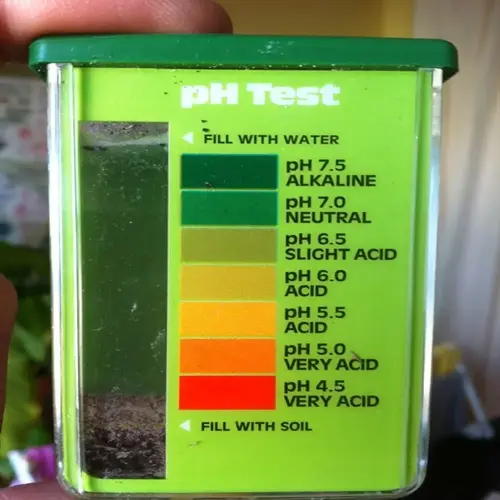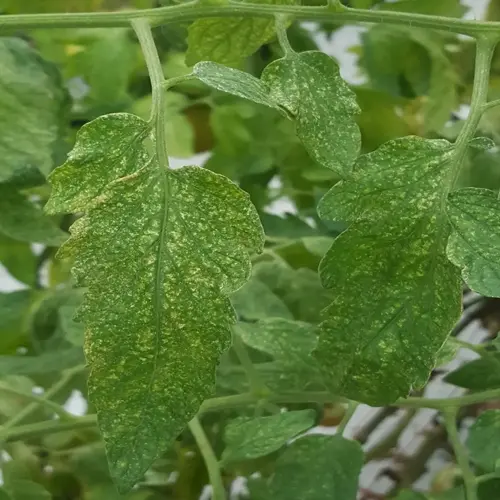Can I reuse old succulent soil?

Written by
Tina Carter
Reviewed by
Prof. Martin Thorne, Ph.D.The repurposing of old succulent soil must be prepared properly to avoid dangers to plant health. It is permitted, but straight reuse would be inviting pathogens and nutritional deficiencies. Your plants should have a new growing medium. Careful renewing of the growers would see no objection to allowing a longer life for the soil and a saving of labor.
Debris Removal
- Sift out all old roots and plant matter completely
- Remove mineral crusts and salt deposits
- Discard any moldy or foul-smelling sections immediately
Nutrient Restoration
- Mix 30% new inorganic material like pumice
- Add 20% fresh organic component like coco coir
- Include slow-release fertilizer pellets
Pathogen Elimination
- Spread soil thinly on baking sheet
- Heat at 200°F (93°C) for 30 minutes
- Cool completely before using
Identify any improper soil for recycling. Discard all mixes from plants that die due to disease. Do not use soil that shows a white fungal growth. A hard, clayey texture indicates permanent injury. Your new plants should not inherit trouble from previous occupants. If in doubt, use a fresh mix.
You can sterilize the soil without any chemicals. You can safely kill pathogens by baking soil in an oven. You can also microwave damp soil for 90 seconds. Turfing solarization can be accomplished by putting the soil in black plastic bags in hot areas. Your sterilized soil is now disease-free.
Assess the revitalized soil before planting. Evaluate drainage rate and texture. Ensure that it breaks apart when squeezed. Use it first for some of the more durable succulents. Watch those very closely after repotting. Your renewed soil performs almost as well as new soil.
Read the full article: Ultimate Succulent Soil Mix Guide

